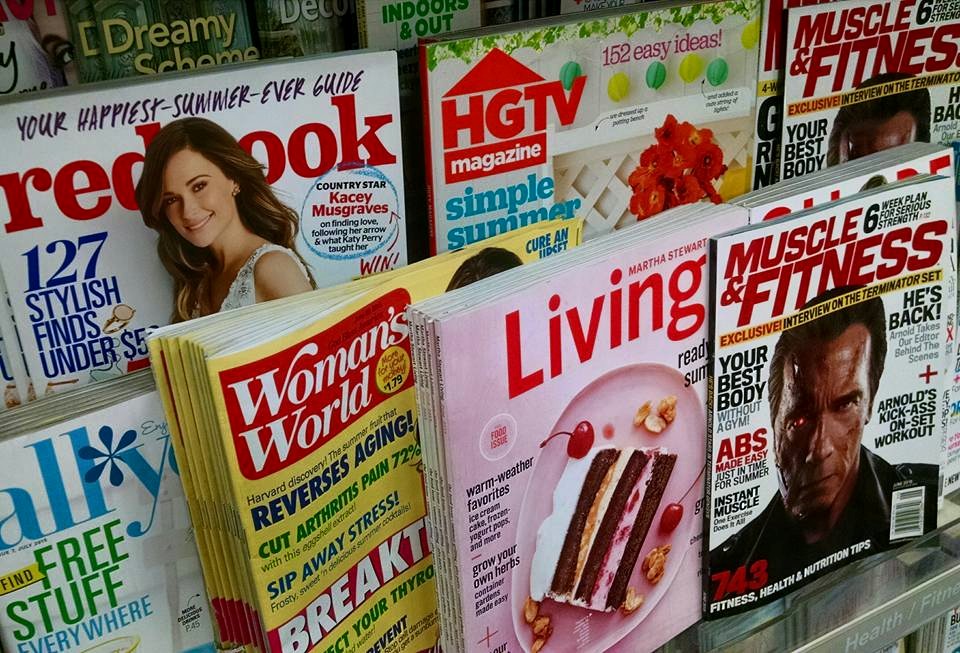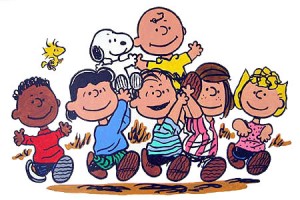
Build Your Platform with Magazine Articles
Last week I taught several workshops at a Christian Writers Conference and also met one on one with numerous…
June 13, 2018
Last week I taught several workshops at a Christian Writers Conference and also met one on one with numerous…
June 13, 2018
Does your writing have a lot of variety? Or do you feel like you are writing the same type…
May 13, 2018
Imagine yourself in a race and the gun is ready to begin the race. The Starter Gun goes, BANG!…
April 13, 2018
When the slick full-color magazines arrive in your home, many writers would like to write for those magazines and…
March 13, 2018
Magazine editors are experts in their publication. I know this fact because I’ve been a magazine editor a couple…
February 13, 2018
What if you could write a magazine article which could be published year after year in different publications? These…
January 13, 2018
Life brings each of us strange personal experiences. This spring I traveled to visit my mother in Kentucky. When…
December 13, 2017
Normally in these articles about magazine writing, I focus on positive ways to make a difference. From my years…
November 13, 2017
As a long-time writer for magazines and a former magazine editor, there are some basic truths about publishing in…
October 13, 2017
When you boil it down to the basics, writers and editors are both seeking the same thing: excellent writing. …
September 13, 2017
A Kill fee? Is that legal? What is a nut graf anyway? Is sounds like a surgical term or…
August 26, 2017
Recently a Morgan James author and I were talking about writing for magazines. She admitted that she had tried…
August 13, 2017
“Wah wah woh wah wah” Is all I hear at times. I feel like Charlie Brown, a blockhead. My…
August 2, 2017
“Me, write for magazines? Never. I barely have the energy or expertise to write my book, let alone write…
July 28, 2017
When we consider various markets for our magazine writing, often we neglect the market right before our eyes—the inspirational,…
July 13, 2017
Magazine writing jobs sent straight to your inbox? Yes, it is true. I get them every morning. So how…
June 12, 2017For most magazine articles, I need information beyond what I have myself. To gather this information, I will…
June 12, 2017
If you’ve never done an interview with someone else, the thought can be frightening. I want to take…
May 12, 2017
Over the last twenty-five years, books have been my passion and the bulk of my writing life. It’s not where I began…
February 12, 2017
I love print magazines and I take a number of them as a subscriber. When they arrive, frequently I…
January 12, 2017
Much of the publishing world becomes silent throughout late November until the New Year—including the magazine world. The holiday…
December 12, 2016
How do you write your magazine article? Let’s explore the details in this article. As a long-time journalist…
November 12, 2016
by Terry Whalin The bulk of my magazine writing is done on assignment. How do you get an assignment?…
September 10, 2016
By: Terry Whalin Many people want to publish their writing. After working as a magazine editor for years plus…
August 11, 2016
How to Drive an Editor Crazy, Part 2 By Lori Hatcher I’m a magazine editor. Every day I receive…
January 18, 2016